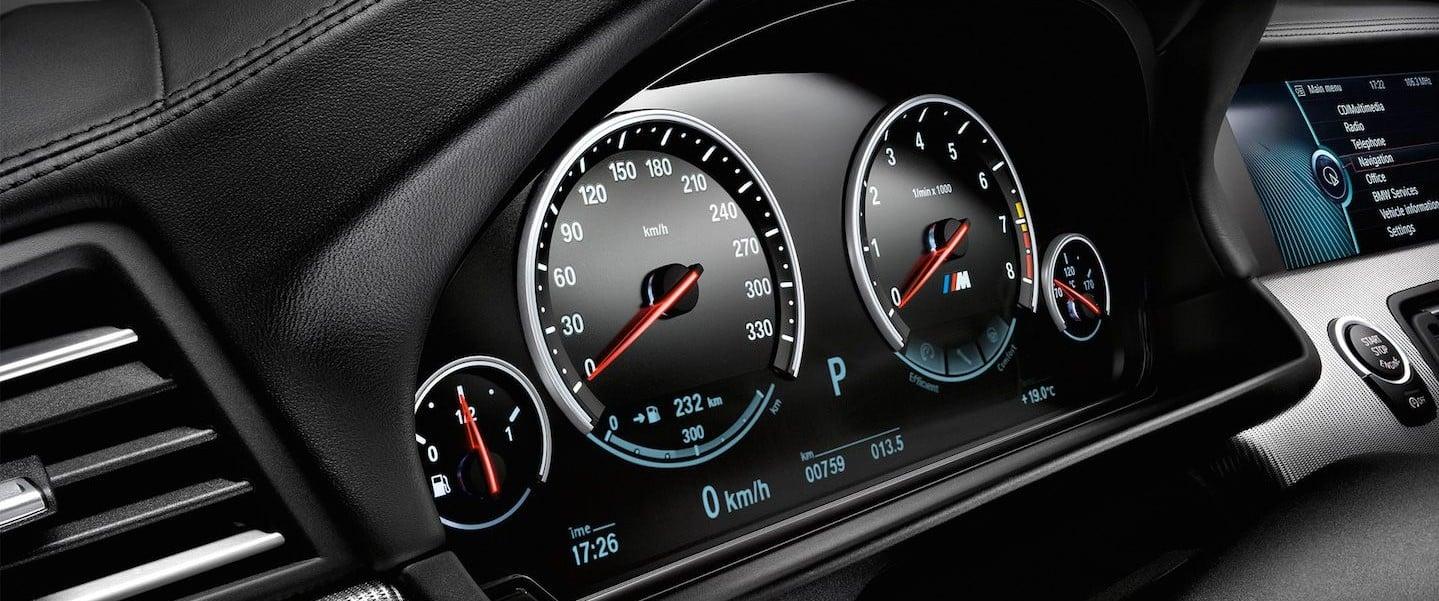When you drive down the road, one thing you need to keep a check on is speed. How can do that? It is the speedometer that helps you know at what pace your car is running. No matter what type your speedometer is whether mechanical or electronic; speedometer is a necessary hardware. But the question here is how speedometers work?
Let us look further and simplify the entire working of speedometer from scratch.
Contents
How Speedometers Work? Unwrapping the Mystery
Your car’s speedometer indicates what speed you generally move at. But are you curious enough to know how does it work to show the reading it does? Read on to find out what is actually going on internally.
1. The Driveshaft Connection
The driveshaft is a component present in the car used for passing on torque and rotation to the wheels. There exists a long twisted cable that connects this driveshaft to the speedometer.
Once the power is given to the engine, the driveshaft rotates and so the cable connected between the speedometer and the shaft.
SEE MORE:
2. The Magnet Spins
Before you know how speedometers work, understanding the mechanism of magnet becomes essential. Once the speedometer cable starts rotating, the magnet present inside the speedometer hardware also sets into a rotation. This magnet starts rotating at the same speed as the driveshaft and the speedometer cable rotate.

One thing to note here is that the magnet rotates in the same direction with no variations.
3. The Speed Cups
The magnet is usually embedded in a speed cup. This speed cup though free to rotate is kept in place by a thin coil of wire called the hairspring. When the magnet rotates, magnet field emerges in the speed cup. The explanation to this creation of electromagnetic field lies in the law of electromagnetism. Thus the magnet field created leads to flow of current inside the speed cup.
These so-called “edgy” currents further lead to anti-clockwise rotation of the speed so as to synchronize with the speed of the magnet.
>> Looking for a high-quality used car from Japan, click here <<
4. The Role of the Hairspring
The hairspring as discussed is a thin coil of wire that restrains the speed cup from any movement. When the speed cup rotates from the effect of the edgy currents, it is this hairspring that controls its speed. The hairspring tries to stop the speed cup from moving in synchronization of the magnet.
As the speed cup turns in a limited speed, it, in turn, pulls the pointer up the dial to display the car’s moving speed.
5. The Inference
When you set your foot on the accelerator to increase the speed of the car; the driveshaft cable turns. When the driveshaft cable turns the speedometer cable turns too. The speedometer cable then sets motion to the magnet, which, in turn, leads to the creation of edgy currents in the speed cup.

The force of the currents on the speed cup further leads to pulling up the pointer up the dial. And that is it! You get to see on the speedometer’s display what speed you are going at.
You can also refer to maintenance tips if knowing about other displays on the dashboard catches your attention.
Check out the video below to see more details:
Conclusion
This was all about how speedometers work. The next time someone asks you, you can surely explain what goes behind the scenes. To be on a safe side always move your cars at an average speed. This is because over-speed can not only put you to danger but can put stress on the engine too.



